The black walnut tree is a part of the tree species Juglandaceae. While they’re native to some parts of Canada, you will most likely find black walnut trees in the United States. In the states, black walnut trees are found in Georgia, Florida, South Dakota, and Texas. In Canada, you are most likely to see black walnut trees in Ontario.
Black walnut trees typically grow to 100-130 feet tall, and if they’re grown in the forest, the trees will grow straight tall trunks. These are some of the most beautiful trees you can grow, and they will provide shade and nuts for 30-200 years!
https://www.instagram.com/p/BelCthEACuO/?tagged=blackwalnuttree
This is an important tree commercially, as the wood is known for its deep brown color and its ability to be easily worked. The walnuts are cultivated for their distinct and desirable taste and many uses.
The black walnut releases chemicals from roots and nuts that can harm other organisms. This competitive advantage allows the tree to grow effectively, but if you have limited space, it won’t allow a lot of plants to survive near it.
Walnuts will reproduce naturally from the nuts and will occasionally sprout from a stump. However, stump walnuts are not super reliable due to the fact that they’re coming from an old tree that has lost its physical strength and good health.
https://www.instagram.com/p/BapBpspBcwJ/?tagged=blackwalnuts
In nature, squirrels are really good at planting the nuts. However, the problem with letting the squirrels do your job is that the nuts could be damaged and won’t be able to produce.
Tools For Growing Walnuts
- Gloves: Walnuts will stain your hands, so gloves are not something you want to overlook.
- Utility knife: for removing the hull
- Bucket: to soak the nuts
- Sealable plastic storage bag: for storage
- Perlite: a wonderful growing medium. Made from volcanic glass, perlite has a relatively high water content, making it an ideal medium for helping to reduce the compaction of soil.
- 1-gallon containers: for planting your seeds
- Compost: all the nutrition your nut will need
- Soil: for planting
- Coarse sand: for drainage
- Cold frame: to keep your tiny seedlings protected
- Germination mat: to keep your planted nuts warm
Gathering Walnut Seeds
Gather black walnuts from the ground later in the fall after they ripen to a bright green color. Make sure to only pick whole nuts that lack any apparent damage, like large holes and black spots.
Later on, you’ll discover more nuts that are damaged when you soak them. Make sure to wear gloves when you work with black walnuts because the husks have a nasty habit of staining your skin.
https://www.instagram.com/p/BbYCzgBggen/?tagged=blackwalnuttree
Once you’ve collected your walnuts, carefully remove all of the husks from their seeds. There are a few ways you can do this. You can either hull each seed by hand with a scoring and prying method, or you can make your process super efficient with a handy-dandy nutcracker.
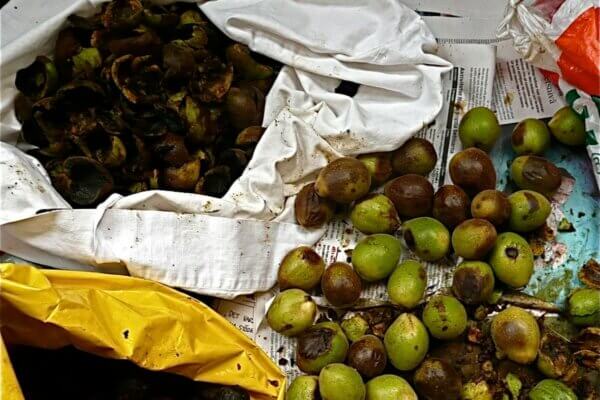
Some people recommend running over the nuts with a car, but you could damage both your car and the nuts by doing this. The best way to dehull a walnut is either by hand with a knife or chisel, with a hammer, or with nutcracker.
https://www.instagram.com/p/BfpDsgnhySQ/?tagged=blackwalnuts
Next, you’re going to add your husked black walnuts to a bucket of water. Soak them overnight, and in the morning you may notice that some of the nuts have floated to the surface. As mentioned earlier, these are the nuts you’ll want to discard and not plant.
Planting Walnuts
Take your black walnuts and place them in a large ziplock bag, leaving enough room for perlite. Cover the nuts entirely in perlite and moisten the pelite so that it’s damp but not soaking. The perlite will help to make sure that the soil doesn’t become too compacted. Store the bag in the refrigerator for three to four months, remoistening as needed.
After your seeds go through the refrigerator treatment, and you’ve been nice and patient, they’re ready to plant. This refrigeration treatment is basically mimicking nature’s germination process.
https://www.instagram.com/p/BZwKzFLAS64/?tagged=plantingwalnuts
Fill your 1-gallon containers with a mixture of equal parts potting soil, compost, and coarse sand. Add water until the mixture feels moist, but again, not soaking.
Place one or two black walnut seeds in each pot at a depth of 2 inches. Set the pots inside your cold frame or outside on a south-facing wall. Water your seeds whenever the soil dries out slightly.
If you live in a colder area where temperatures are usually below 65 degrees Fahrenheit during the day, make sure to warm the pots to 70-85 degrees Fahrenheit. Some options for this include a variety of heating elements, one of which is a germination mat.
Growing Tips
In four to six weeks you should begin to see your seedlings sprout. Once the seedlings emerge, you will no longer need the germination mat. You can now move your black walnut seedlings to a sheltered, lightly-shaded area outside.
https://www.instagram.com/p/BONJlc3AtPo/?tagged=walnutseedling
Black walnuts like many plants love the sun, so be sure to grow them in full sun if you have the opportunity in spring and summer. Consider a south-facing part of your garden or homestead. If you live in a hot, dry area be sure to provide some shade during the hottest part of the day. Water weekly.
When you are ready to plant your tree to its permanent home, you’ll want to remember that these trees are quite large and can reach a diameter of up to 30 feet. Make sure that the hole you dig is big enough to support all the future roots your tree will grow and that there aren’t any surrounding structures that will be affected by roots in the long run.
Black Walnut Hull Uses
Black walnuts are a wonderful source of protein and can be eaten with a variety of foods. Black walnuts are commonly used in all sorts of desserts such as pies, cakes, fudge, cookies, and ice cream. You can also tap these trees in the spring for their sap to make syrup.
Beauty Products
Black walnut hulls can offer a variety of skincare benefits. Due to its antiseptic qualities, the hulls are often used to treat common skin problems such as psoriasis, eczema, and acne. Athlete’s foot, cold sores, ringworm, and warts are no match for black walnuts, either.
https://www.instagram.com/p/BaccHZiH1oU/?tagged=blackwalnuts
Black walnut powder has been used for a natural hair dye for centuries and will dye your hair dark brown-black.
Medicinal
The health and medicinal benefits of black walnuts are unsurpassed. This wonderful nut can be used to treat skin wounds and balance blood sugar. It kills parasites, keeps the bowels regular, and supports digestion.
It is also used in the treatment of ringworm, diarrhea, sore throats, colds, colic, flatulence, heartburn, and runny noses. A variety of skin conditions such as psoriasis, acne, eczema, warts, cold sores, and herpes can be treated with black walnut hulls.
https://www.instagram.com/p/rI0WeZmgrt/?tagged=walnutnutrition
Walnuts can also be used as a supplement for people who suffer from depression, as they are high in serotonin.
Other Uses
Black walnuts are used for timber trees as they are a hardwood and very valuable. Walnut has an ability to produce many different types of veneers, and this is one of the traits that attract cabinet makers.
It is also used for furniture, decorative panels and with its stability and easy workability, it is also a popular choice to make gunstocks. Once dried, it is extremely stable and durable.
With all these versatile applications for black walnut, when will you plant yours?







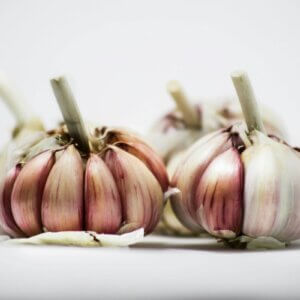


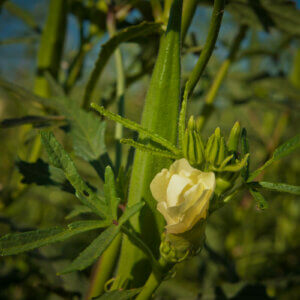
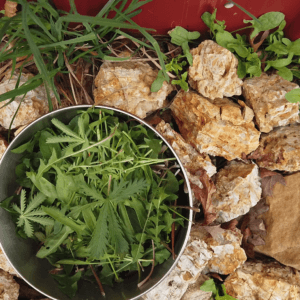

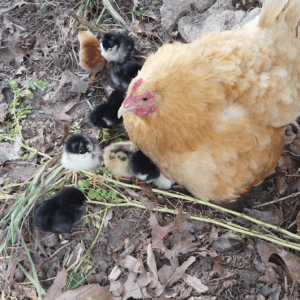


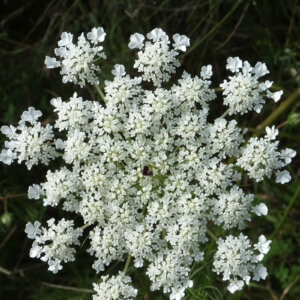




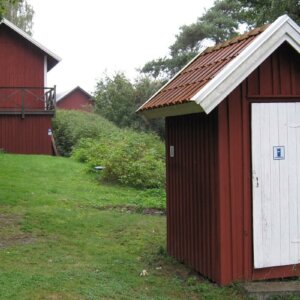






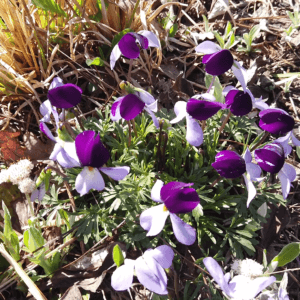
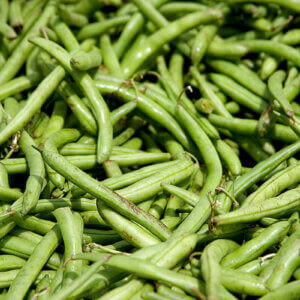

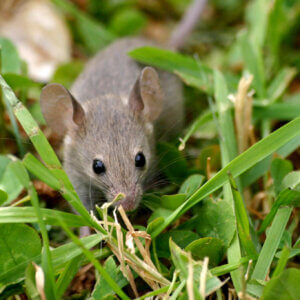


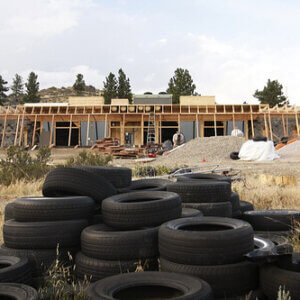



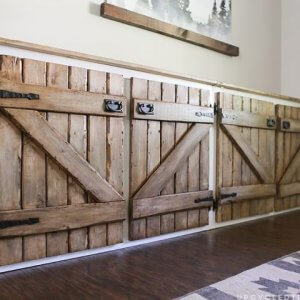
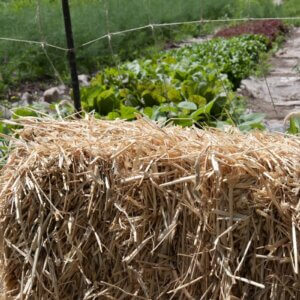
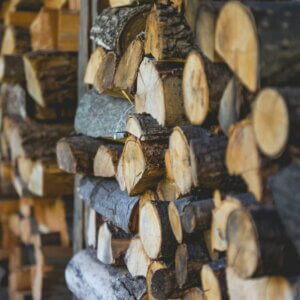
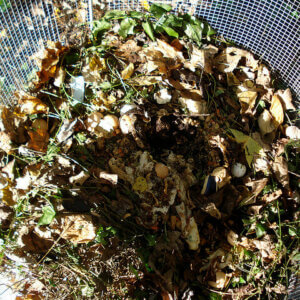
This post is not totally accurate. Black walnut trees grow across the South an in all areas of Appalachia. Also, there is no need to hull them while green; people usually pile them up and wait for the hull to begin to decay before knocking off the hull,drying the nuts for a while to ensure that they are firm, and then cracking them out of the shells. I can vouch for the fact that all of this is hard work–but the taste of the nuts is totally worth it.